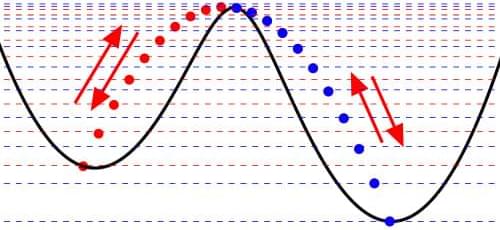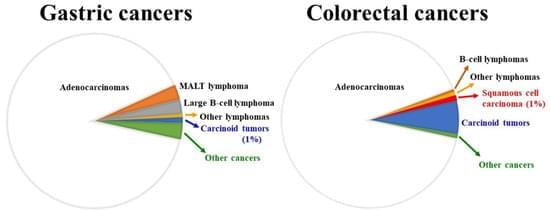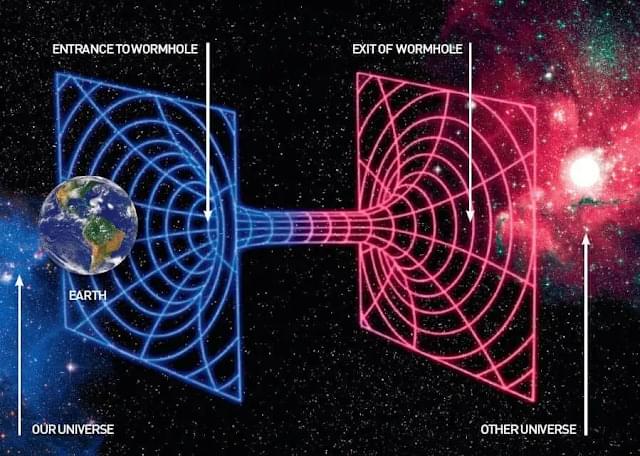These waves can reach heights comparable to stacking three suns on top of each other.
Astronomers have discovered a strange star system with “monster” tidal waves breaking on one of its stars. Astrophysicists from the Center for Astrophysics | Harvard & Smithsonian (CfA) developed new computer models to better understand the impact of huge surface waves.
The new models reveal “titanic waves” created by the tides of a smaller companion star to be repeatedly crashing on the colossal star in the system. This phenomenon has never been detected on a star, making it a significant discovery.
Mark Garlick.
It was previously considered that old, evolved stars do not interlope with young stars and their planetary systems.








